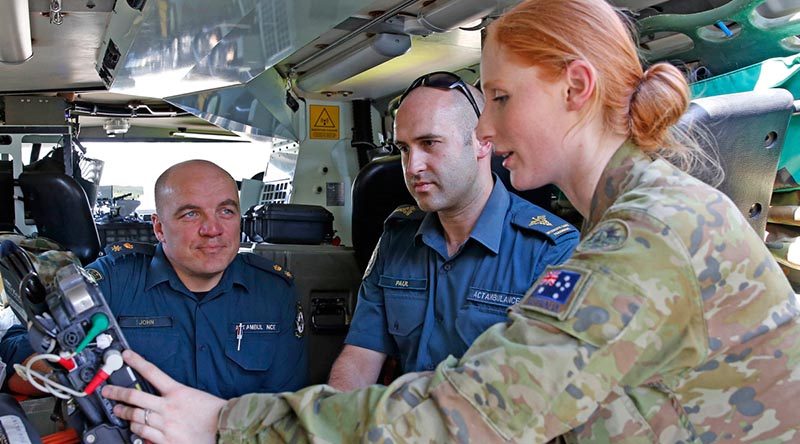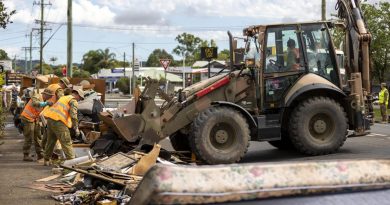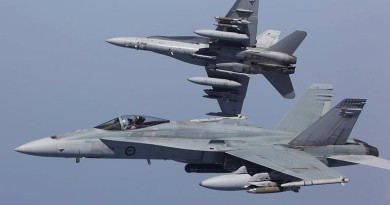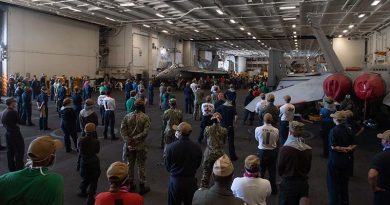Army bolsters ACT ambulance capacity during State of Emergency
Share the post "Army bolsters ACT ambulance capacity during State of Emergency"

The Australian Army has increased its support to the ACT Ambulance Service by providing ambulances, crews and familiarisation training for ACT ambulance officers after a State of Emergency was declared in the ACT on 31 January.
CAPTION: Australian Army Reservist Private Sam Cantle, a combat medical attendant with the Sydney-based 5th Combat Services Support Battalion gives familiarisation tips on the Bushmaster ambulance vehicle to ACT Ambulance Service officers John Berry (left) and Paul Haines at Fairbairn, Canberra. Photo and story by Sergeant Dave Morley.
RELATED STORIES: Operation Bushfire Assist 19-20
ACT Ambulance Service incident management team member Michael Hamill said the Army was called in to provide increased capability in the fire grounds and to support fire crews.
“We only have one four-wheel-drive ambulance in the ACT, so we need the increased capability that the Army has to access difficult areas,” he said.
“With this capability we can give definitive care.
“Our four members already given familiarisation training on the Army ambulances will brief other members on the vehicles’ capabilities.”
Private Sam Cantle, a combat medical attendant at 5th Combat Service Support Battalion, is in the final year of her double degree in nursing and paramedics at the Canberra campus of the Australian Catholic University.
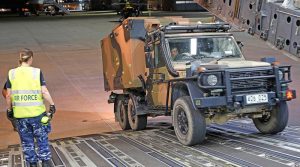
She said the familiarisation training she gave the ACT ambulance officers focused on the six-wheel-drive G-Wagon and the Bushmaster ambulance variant.
“They all know the equipment, so I showed them how to turn on the vents, because once the doors are shut, the space is sealed,” she said.
“I also explained the importance of doing a radio check with the driver before we move off, so we know we have comms if something happens with the patient.
“Then I showed them how to get the stretchers in and out.”
The Army ambulance crews comprise regular Army and Army Reserve soldiers.
.
.
.
.
.
.

.
.
Share the post "Army bolsters ACT ambulance capacity during State of Emergency"

